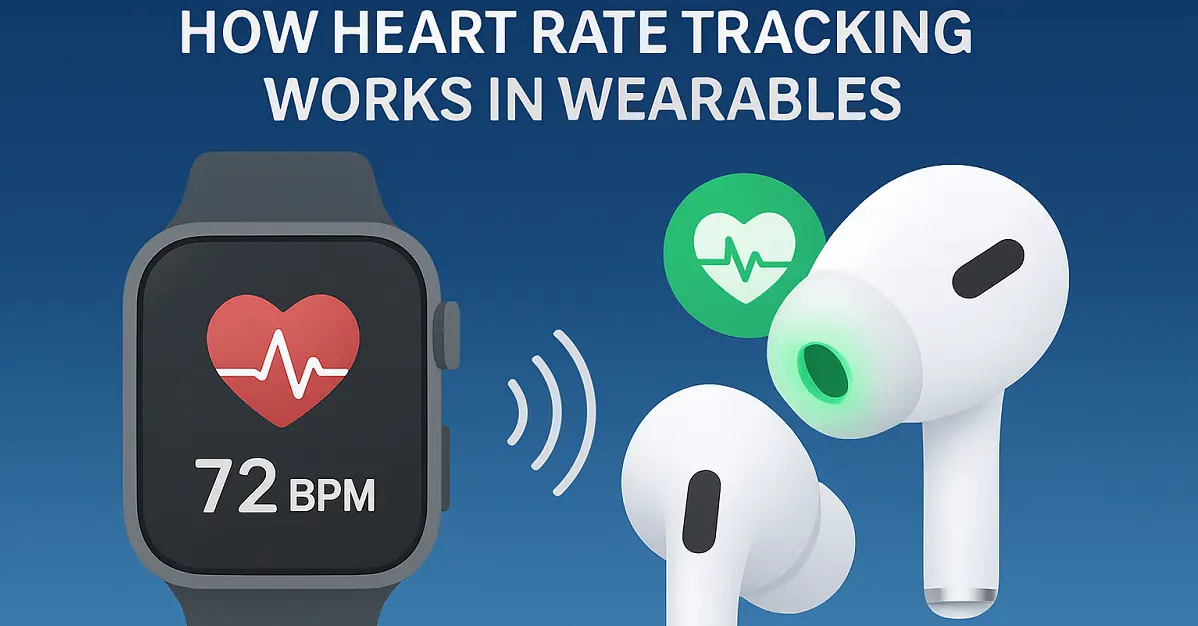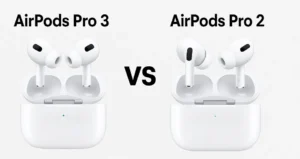Wearable devices have transformed personal health tracking. From counting steps to analyzing sleep, one of their most valuable features is heart rate monitoring. But how do these tiny gadgets accurately measure your pulse? Let’s dive deep into the science, technology, and accuracy behind heart rate tracking in wearables.
How Wearables Measure Your Heart Rate
Most modern wearables use PPG (Photoplethysmography) – a non-invasive optical technique that measures blood flow under the skin.
- LED Lights Emit Beams
Green or infrared LEDs shine light onto your wrist. - Blood Absorbs Light
With every heartbeat, blood flow changes. More blood = more light absorbed. - Sensors Capture Changes
Photodiodes measure the reflected light. - Algorithms Calculate BPM
Your wearable converts this data into your heart rate (beats per minute).
Key Technologies Involved
Green & Infrared LEDs – Green light is best for workouts, while red/infrared works better for continuous, low-energy tracking.
Photodiode Sensors – Capture subtle light changes caused by blood pulses.
Motion Sensors – Reduce false readings by detecting wrist movement.
AI Algorithms – Filter noise and learn your personal patterns for higher accuracy.
Advanced Heart Tracking Features
High-end wearables combine PPG with ECG (Electrocardiogram) for clinical-level accuracy.
- PPG + ECG detects irregular heart rhythms like AFib.
- Some devices now include SpO₂ sensors to monitor blood oxygen, giving deeper insights into overall wellness.
Factors Affecting Accuracy
Even the best technology can be influenced by:
- Fit of the Device – A loose watch can miss beats.
- Skin Tone & Tattoos – Can affect light reflection.
- Excessive Motion – Running or cycling vibrations may create noise.
- Sweating or Temperature – May alter readings slightly.
Why Heart Rate Tracking Matters
Regular heart monitoring helps you:
- Optimize workouts by staying in the right heart rate zone.
- Detect early warning signs of stress or fatigue.
- Improve sleep analysis and recovery tracking.
- Identify abnormal rhythms and seek medical advice sooner.
Future of Heart Rate Tracking
With AI and machine learning, wearables will soon deliver:
- Continuous, medical-grade monitoring
- Early detection of chronic conditions
- Personalized health recommendations






